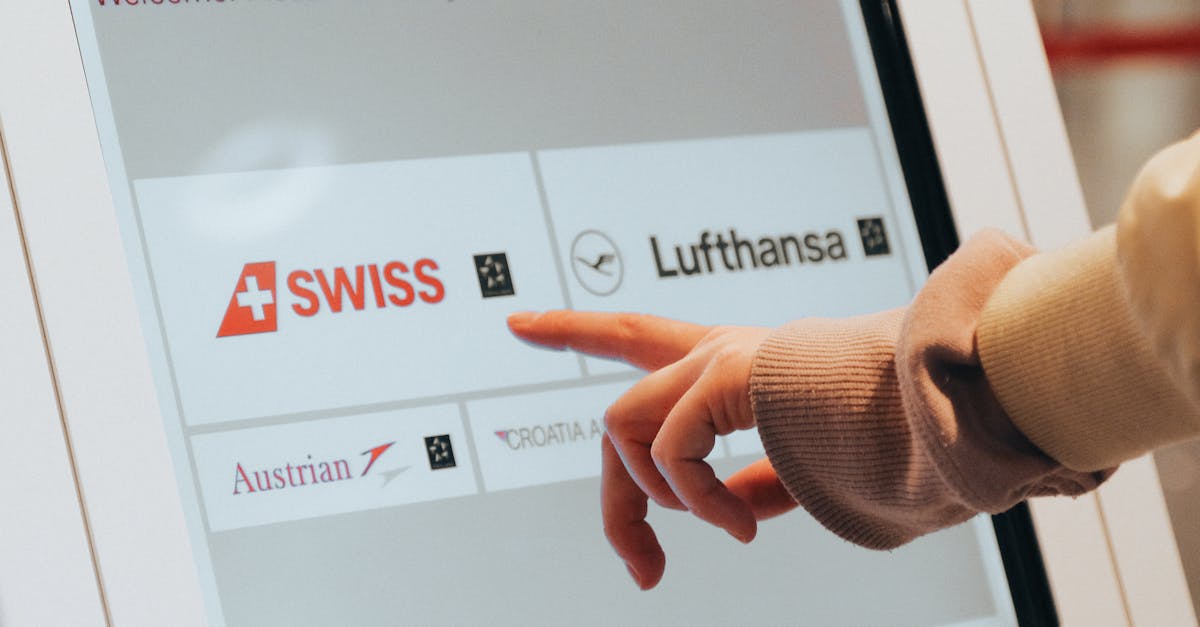One of today's standouts was Snap, a information technology services company whose shares are up 3.46%, outperforming the Nasdaq by 4.19%. At $11.96, the stock is 6.31% above its average analyst target price of $11.25.
The average analyst rating for the stock is hold. SNAP may have outstripped the S&P 500 index by 3.32% today, but it has lagged behind the index by -54.88% over the last year, returning -68.09%.
Snap Inc. is a camera company in the United States and internationally. The company is a technology company. Valuations in the technology sector are often very high, as investors are willing to overlook gaps in the fundamentals if they believe a company’s innovations can dominate or create new markets.
Snap does not release its trailing 12 month P/E ratio since its earnings per share of $-0.96 were negative over the last year. But we can calculate it ourselves, which gives us a trailing P/E ratio for SNAP of -12.46. Based on the company's positive earnings guidance of $0.42, the stock has a forward P/E ratio of . The average trailing Price to Earnings (P/E) ratio of US-based technology companies is 27.16 as of first quarter of 2023. In contrast, the S&P 500 average is 15.97. The P/E ratio is the company's share price divided by its earnings per share. In other words, it represents how much investors are willing to spend for each dollar of the company's earnings (revenues minus the cost of goods sold, taxes, and overhead).
Snap's P/E ratio tells us how much investors are willing to pay for each dollar of the company's earnings. The problem with this metric is that it doesn't take into account the expected growth in earnings of the stock. Sometimes elevated P/E ratios can be justified by equally elevated growth expectations.
We can solve this inconsistency by dividing the company's trailing P/E ratio by its five year earnings growth estimate, which in this case gives us a 5.64 Price to Earnings Growth (PEG) ratio. Since the PEG ratio is greater than 1, the company's lofty valuation is not completely justified by its growth levels.
To better understand the strength of Snap's business, we can analyse its operating margins, which are its revenues minus its operating costs. Consistently strong margins backed by a positive trend can signal that a company is on track to deliver returns for its shareholders. Here's the operating margin statistics for the last four years:
| Date Reported | Revenue (k) | Operating Expenses (k) | Operating Margin | YoY Growth |
|---|---|---|---|---|
| 2022-12-31 | $4,627,409 | $4,503,060 | -30.15% | -76.11% |
| 2021-12-31 | $4,101,850 | $3,132,071 | -17.12% | 52.1% |
| 2020-12-31 | $2,412,213 | $2,219,693 | -35.74% | 43.8% |
| 2019-12-31 | $1,735,139 | $1,916,541 | -63.59% | 41.13% |
| 2018-12-31 | $1,174,352 | $1,726,186 | -108.01% | n/a |
- Average operating margins: -50.92 %
- Average operating margins growth rate: 12.18 %
- Coefficient of variability (lower numbers indicate less volatility): 71 %
Snap's financial viability can also be assessed through a review of its free cash flow trends. Free cash flow refers to its operating cash flows minues its capital expenditures, which are expenses related to the maintenance of fixed assets such as land, infrastructure, and equipment. Over the last four years, the trends have been as follows:
| Date Reported | Cash Flow from Operations (k) | Capital Expenditures (k) | Free Cash Flow (k) | YoY Growth |
|---|---|---|---|---|
| 2022-12-31 | $184,614 | $129,306 | $55,308 | -75.2% |
| 2021-12-31 | $292,880 | $69,875 | $223,005 | 198.9% |
| 2020-12-31 | -$167,644 | $57,832 | -$225,476 | 33.96% |
| 2019-12-31 | -$304,958 | $36,478 | -$341,436 | 57.99% |
| 2018-12-31 | -$689,924 | $122,807 | -$812,731 | n/a |
- Average free cash flow: $-220,266,000.00
- Average free cash flow growth rate: 43.13 %
- Coefficient of variability (lower numbers indicating more stability): 181 %
Free cash flows represents the amount of money that is available for reinvesting in the business, or paying out to investors in the form of a dividend. With a positive cash flow as of the last fiscal year, SNAP is in a position to do either -- which can encourage more investors to place their capital in the company.
Value investors often analyze stocks through the lens of its Price to Book (P/B) Ratio (its share price divided by its book value). As of the first quarter of 2023, the mean P/B ratio of the technology sector is 6.23, compared to the S&P 500 average of 2.95. The book value refers to the present value of the company if the company were to sell off all of its assets and pay all of its debts today - a number whose value may differ significantly depending on the accounting method. Snap's P/B ratio is 5.31, indicating that the market value of the company exceeds its book value by a factor of more than5, but is still below the average P/B ratio of the Technology sector.
Since it has a negative P/E ratio, an average P/B ratio, and negative cash flows on an upwards trend, Snap is likely overvalued at today's prices. The company has poor growth indicators because of a negative PEG ratio and lack of profitability. We hope you enjoyed this basic overview of SNAP's fundamentals. Make sure to check the numbers for yourself, especially focusing on their trends over the last few years.


